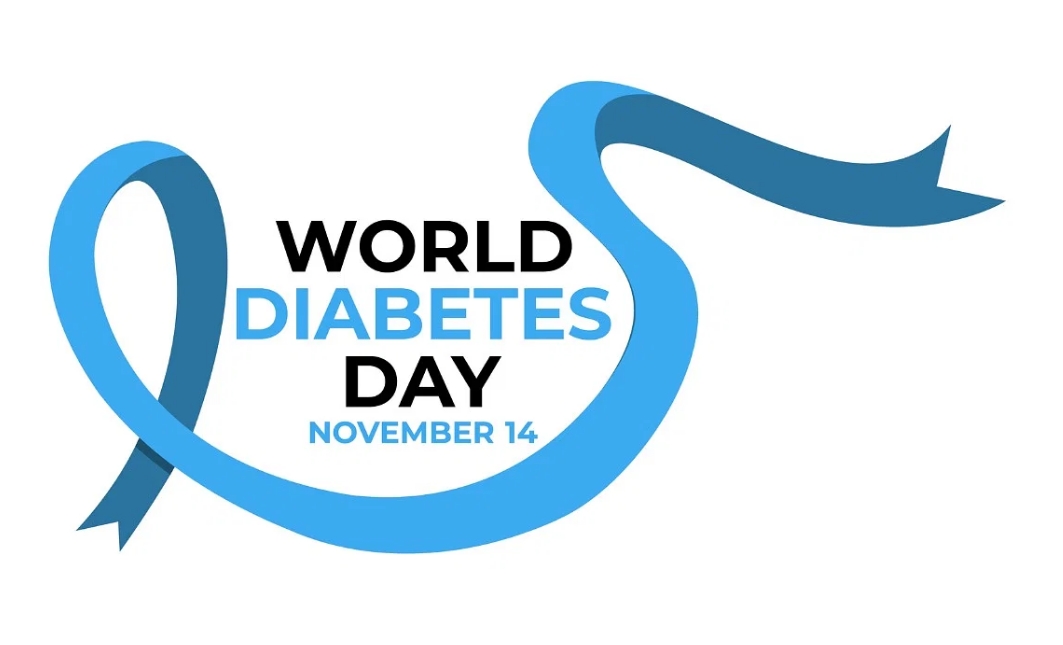
Diabetes affects 1 in 11 adults, or about 90 million people, in South-East Asia, with this number projected to rise to 113 million by 2030 and 151 million by 2045. Alarmingly, over half of these individuals remain undiagnosed. In 2021, diabetes caused 747,000 deaths in the region, and the economic burden of managing the disease reached $10 billion, as per the 2021 IDF Diabetes Atlas.
Technological advancements have proven to be a boon for diabetes care, offering various tools to help manage the condition effectively. One of the critical aspects of diabetes management is maintaining optimal glucose levels at all times. Digital health tools, such as continuous glucose monitors (CGMs), connected insulin pens, portable A1C monitors, and mobile apps, are transforming the way patients manage their condition outside of hospitals. Mobile apps enable healthcare providers to create personalised treatment plans based on real-time data.
Another innovation is the automated insulin delivery (AID) system, which integrates CGMs and insulin pumps to adjust insulin delivery continuously based on glucose data. Portable A1C monitors allow patients to measure their A1C levels at home, an essential marker for long-term diabetes management.
“Previously, patients had limited information about their condition, which led to anxiety and a lack of motivation for managing it. Now, with tools like CGMs, personal A1C monitors, and mobile apps, patients can check their levels anytime, anywhere, and easily access professional support through mobile platforms. This not only reduces uncertainty but also empowers them to receive more frequent feedback, stay motivated, and proactively manage their health. Ultimately, this leads to better health outcomes by making diabetes management more accessible and proactive,” said Yeaseul Park, Co-Founder and Co-President Orange Biomed, USA. Orange Biomed is inventor of the world's first pocket-sized, single-cell, micro-electro-mechanical A1C analysis device, agnostic to haemoglobin variants.
Digital health tools provide three key benefits that significantly improve the daily management of diabetes. First, real-time data from CGMs allows patients to track their glucose levels continuously, enabling them to make informed decisions about insulin dosages and diet. Second, mobile apps can analyse CGM data to offer personalised insights, helping patients understand their glucose patterns and manage their condition more effectively. Lastly, these tools enhance adherence by making diabetes management more convenient and engaging, leading to better compliance with treatment plans.
“Effective blood glucose management can reduce the risk of diabetes-related eye, kidney and nerve diseases by 40 per cent and have a positive effect on cardiovascular health. These tools have also been proven to help reduce the incidence and impact of hyperglycemia, lower the risk of night-time low glucose levels, and give more assurance in their day-to-day decision-making. Standards of care today encompass BGM and CGM technology which offer patients the flexibility," said Christopher (Chris) Chiam, APAC Digital Insights Value Stream, Lead, Roche Diagnostics Asia Pacific.
Recognising the crucial role of digital health tools in diabetes management, governments across South-East Asia are actively partnering with digital health companies to enhance healthcare outcomes for patients. For example, Health2Sync is collaborating on several projects with governments to enhance the care of people with glucose-related issues. One such initiative is the DigiCoach program, a three-month engagement run in partnership with the Health Promotion Board in Singapore. This programme showcases Health2Sync's technical capabilities by utilising data and automation to enable self-management and motivate lifestyle changes for better health.
Another notable collaboration is Taiwan–based Health2Sync’s partnership with Western Sydney Diabetes, aimed at digitising the workflow within the Western Sydney Local Health District (LHD). By leveraging Health2Sync's solution, this initiative seeks to improve patient outcomes and reduce the strain on healthcare resources.
South Korea-based Kakao Healthcare has signed a memorandum of agreement with Rumah Sakit Universitas Indonesia (RSUI), a state university hospital, to pilot its latest AI-based diabetes management application. Launched in February, the app, named Pasta, leverages AI to assist with blood sugar management. Integrated with a continuous glucose monitor, it displays a user’s blood sugar levels in near real-time, while also recording data on diet, exercise, and sleep. This comprehensive information is then used to generate automated lifestyle suggestions, offering a holistic approach to diabetes care.
Challenges in integrating Digital Health
Digital health solutions have huge potential to transform diabetes management through closer monitoring and adjustment to patient’s medication and lifestyle for improved blood glucose control. However, use of such technology is still nascent - mainly due to the need for both patients and doctors to change how they deal with diabetes.
“A key factor in successful diabetes management is patient understanding and motivation. A patient who takes the time to understand their condition then tracks blood glucose and manages their lifestyle actively will invariably achieve better outcomes than another who takes a laissez-faire approach. Apps can be wonderful tools to support patient journeys like this. But we still need better communication of the importance of patient self-management, including use of digital health as a supportive tool. Without this, the promise of digital transformation will be lost,” said Dr Ronald Ling, CEO, ConnectedHealth, Singapore.
Integrating digital health solutions with existing healthcare systems and workflow can be complex. “The challenge we face is in integrating patient reportable outcomes, data gathered from CGM tools, with the Electronic Medical Records (EMR) of hospitals. Having this level of integration will allow clinicians to have a more holistic picture of their patient's data, empowering them to develop tailored treatment plans. As data privacy and patient safety are paramount, we need to generate evidence demonstrating the feasibility, safety, and value of this integration in providing critical information for clinicians in diagnosing and treating patients,” said Chiam.
“The challenge with CGMs lies in handling the large volumes of data they generate, but by standardising key metrics and storing only the essential data, this process can be streamlined. For A1C, the main challenge has been ensuring accuracy in home-based devices,” added Dr Unghyeon Ko, Co-Founder and Co-President, Orange Biomed, USA.
The initial cost of CGMs and other digital tools can be a barrier for patients in markets where out-of-pocket expenses are high. Also, ensuring the secure and ethical handling of patient health data is critical, as data privacy concerns remain a key issue in the widespread adoption of these technologies.
To overcome these challenges, Ed Deng, Co-founder and CEO of Health2Sync, Taiwan suggests that healthcare systems should focus on several key areas. He said, “First, increasing access by implementing reimbursement policies or initiatives that make digital health tools more affordable and accessible. Second, prioritising data security by investing in and adopting robust data protection measures to safeguard patient information. Finally, promoting interoperability by developing standards and guidelines to ensure seamless integration of digital health solutions into existing healthcare systems, enabling more efficient and effective care.”
“Regulators and healthcare payers have a big role to play in creating the right environment to encourage adoption and should take a big-picture, long-term view as they develop policies to address one of the most pressing issues in healthcare delivery,” said Dr Ling.
While digital health tools offer great promise for people with diabetes, their seamless integration into healthcare systems and robust data privacy measures are paramount for large-scale adoption. Ensuring these technologies are both accessible and secure will be key to unlocking their full potential in improving diabetes care and patient outcomes.
Ayesha Siddiqui



